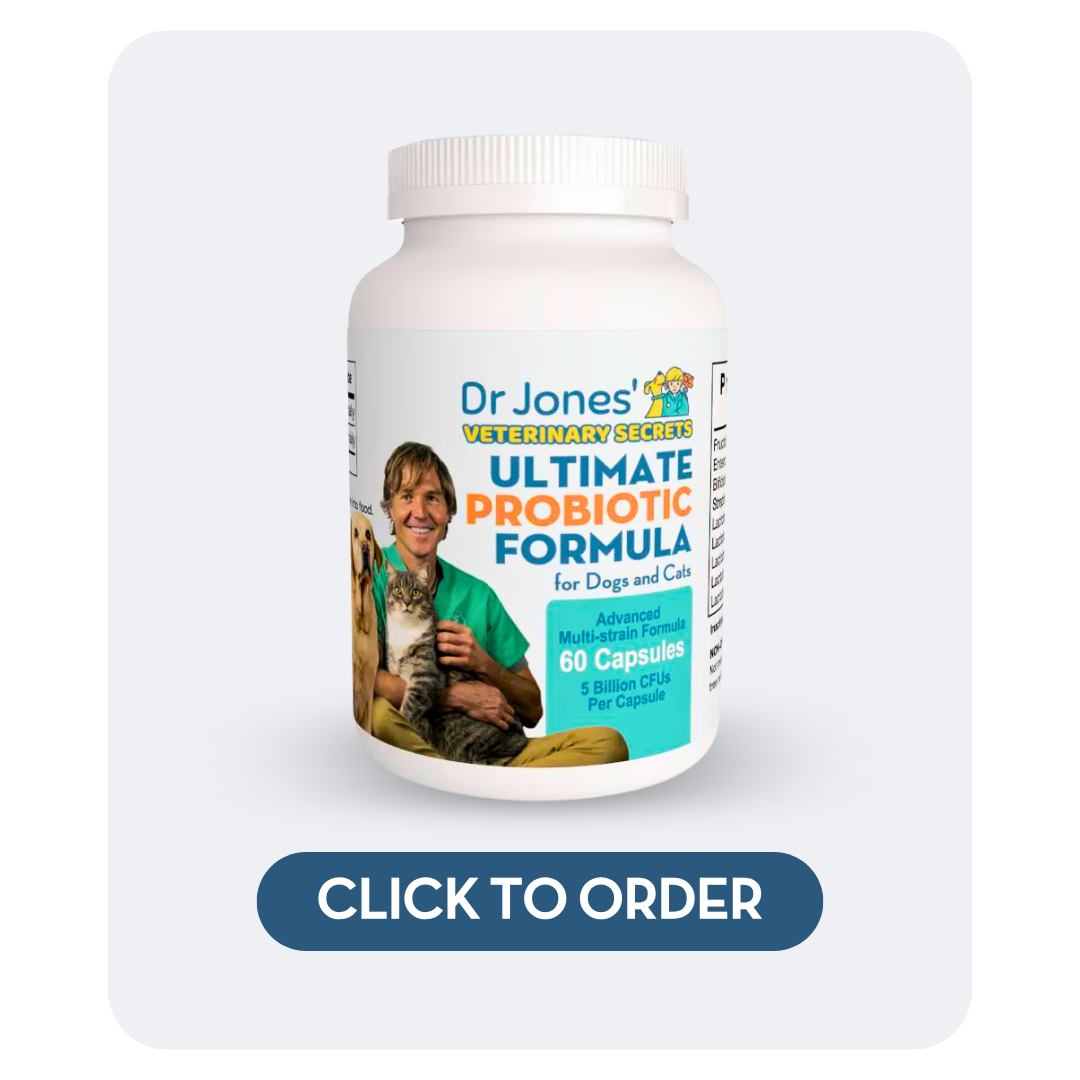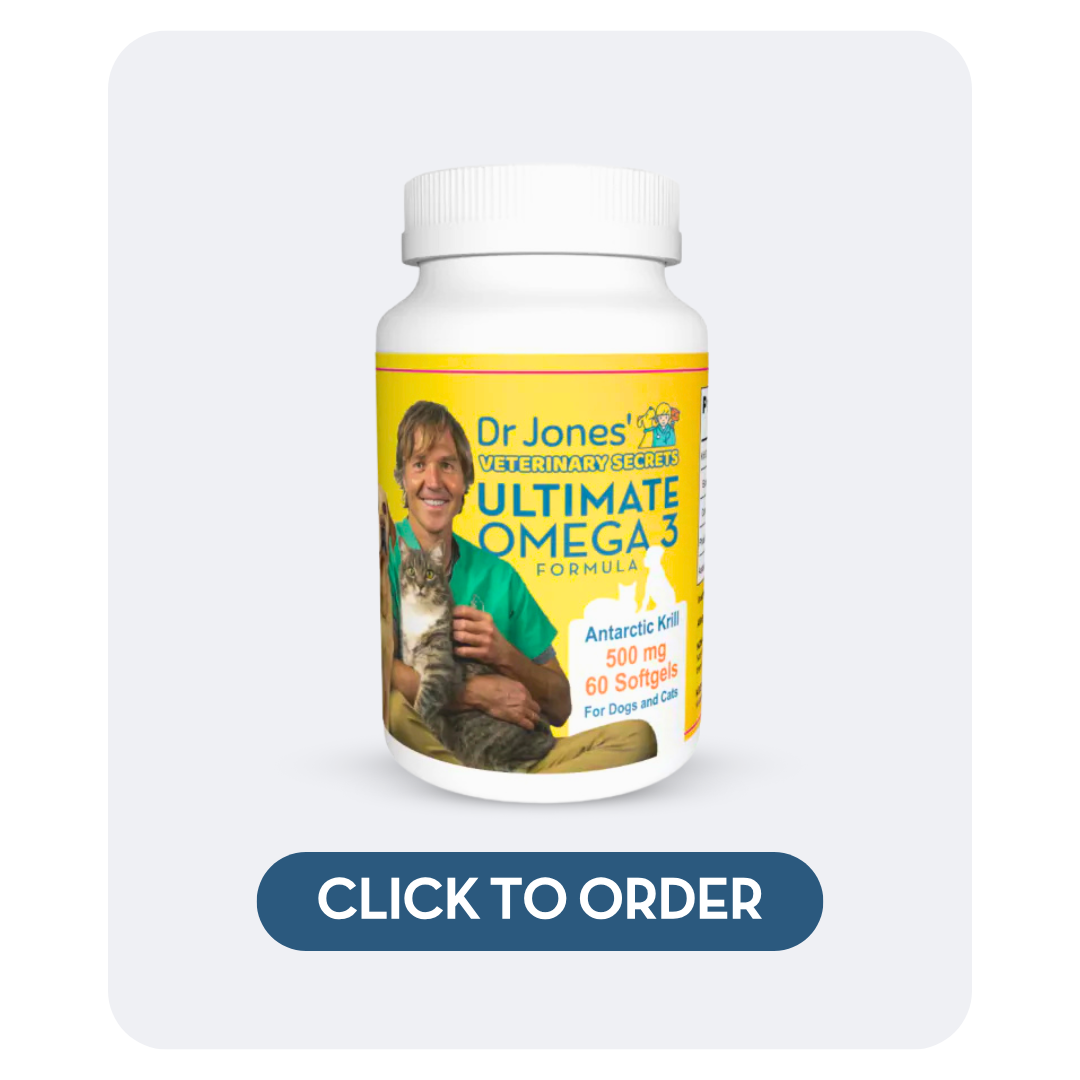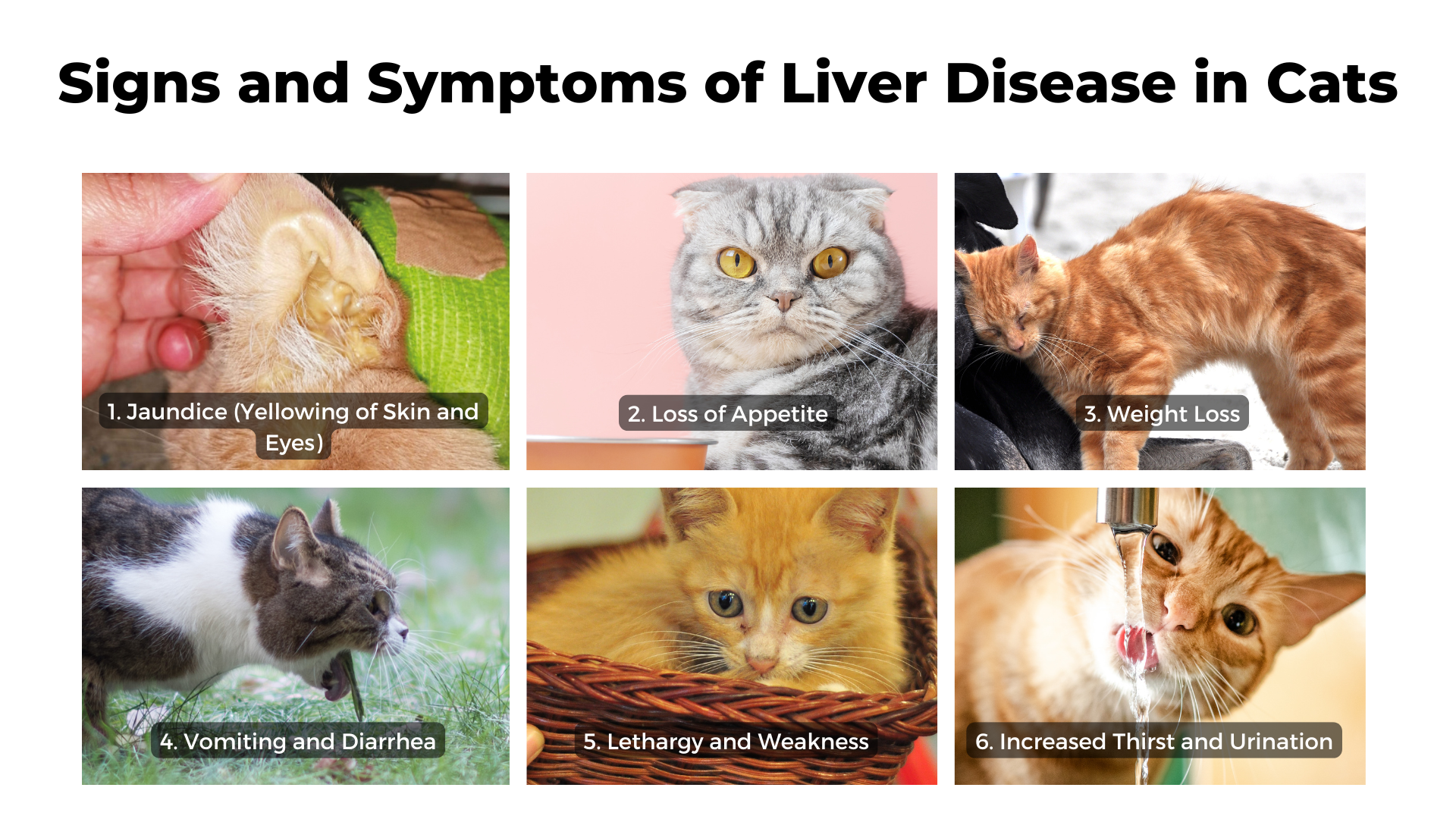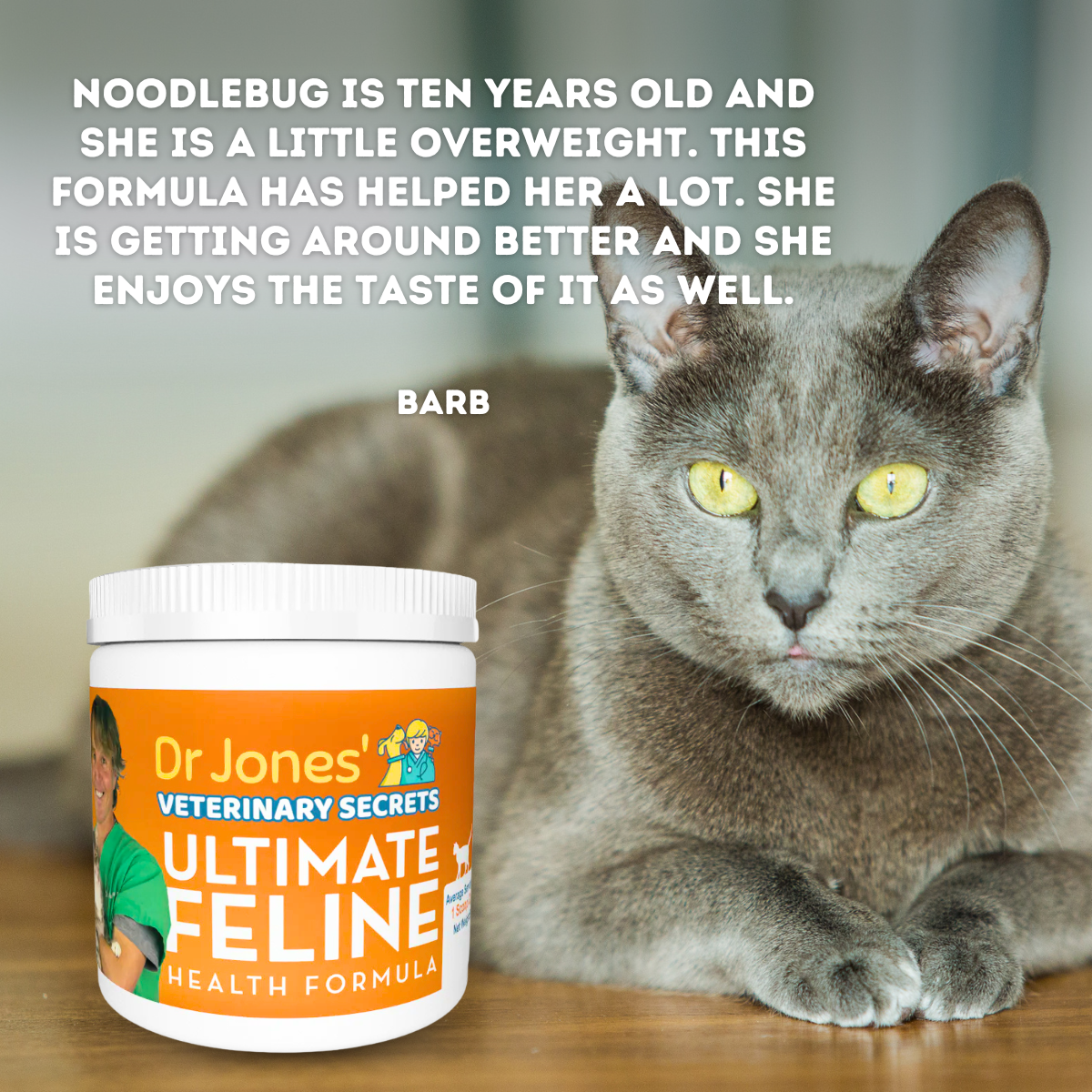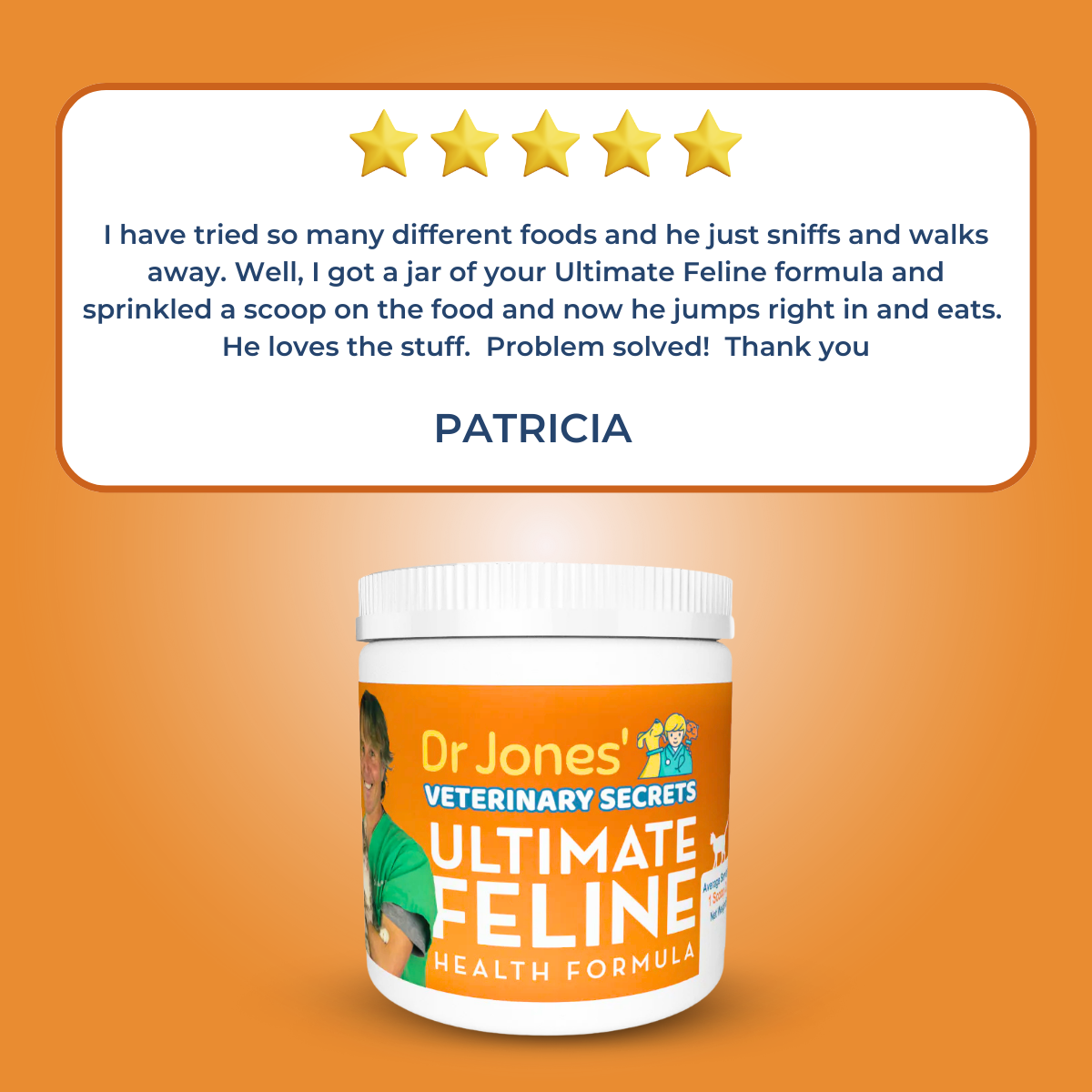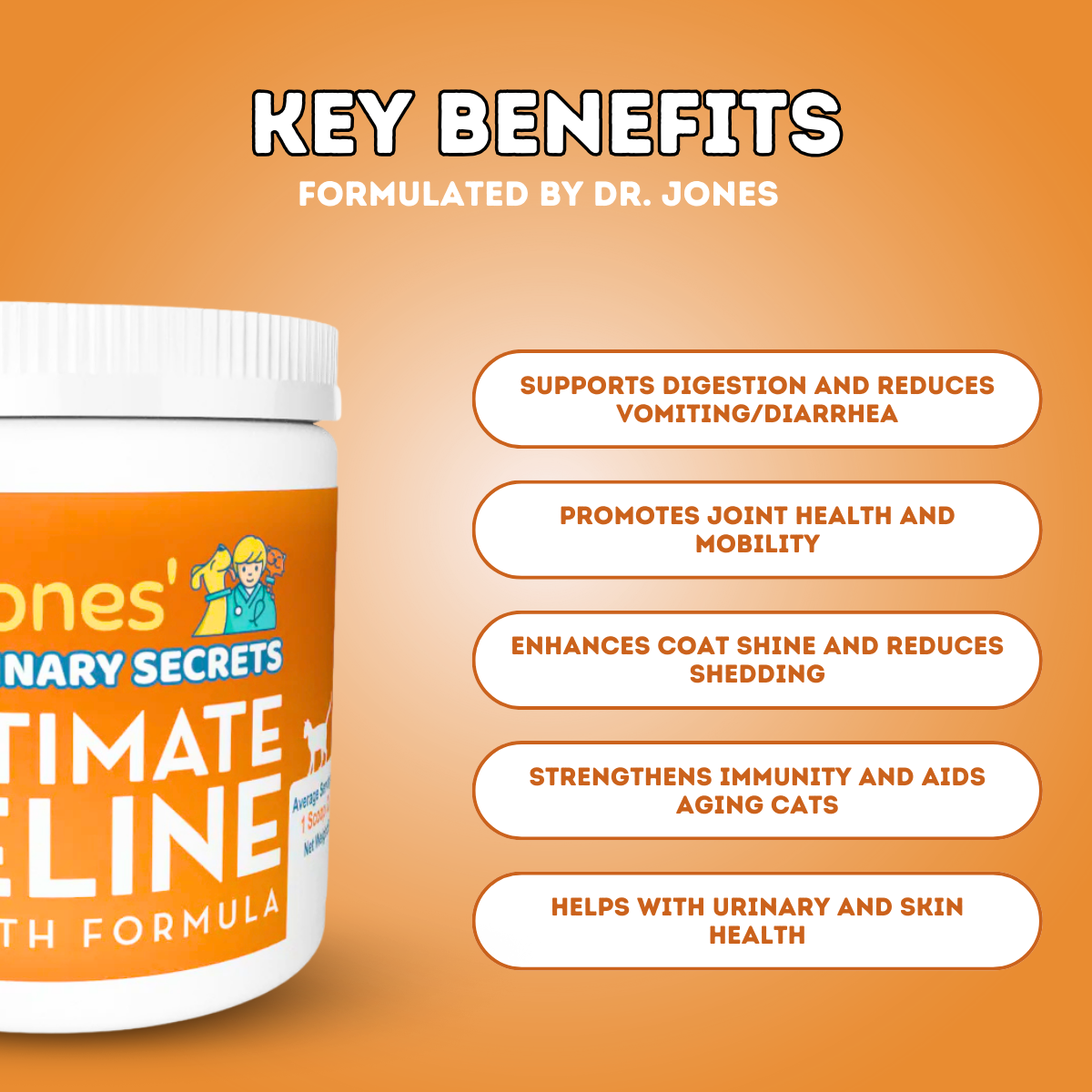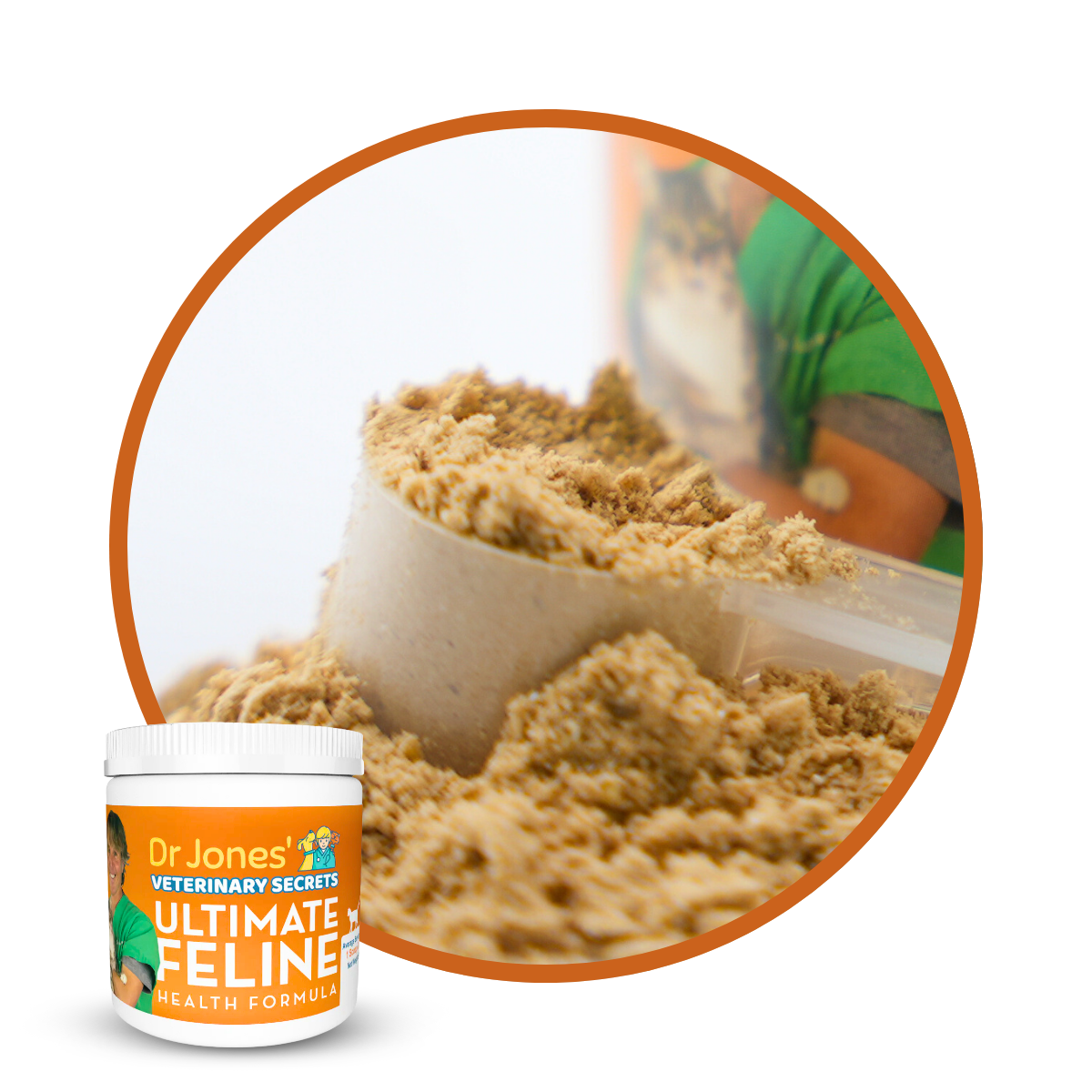Warning Signs of Fatty Liver in Cats: Early Signs and Treatment Options
![]()

Understanding Fatty Liver Disease in Cats: Prevention and Treatment
Fatty liver disease is a potentially fatal condition that is on the rise, not just in humans, but also in our beloved cats. This serious condition is often caused by rapid weight loss, which leads to fat infiltrating the liver, impairing its function.
I want to share how you can help prevent this disease in your cat and support their overall liver health.
How to Prevent Fatty Liver Disease in Cats
The most effective way to prevent fatty liver disease is by maintaining your cat at an appropriate weight. Weight loss, especially when it happens rapidly, can lead to fat buildup in the liver, so it’s crucial to ensure your cat stays within a healthy weight range.
One key factor in maintaining your cat’s weight is feeding a high-protein, low-carbohydrate diet. Cats are obligate carnivores, meaning their bodies are designed to thrive on animal-based protein. A diet that is rich in protein while being low in carbohydrates helps support a healthy metabolism and prevents excessive fat from accumulating in the liver.
Fatty Liver Disease Treatment: Taurine
If your cat is diagnosed with fatty liver disease, one of the essential treatments includes an amino acid called Taurine. Taurine is critical for your cat’s liver function, and ensuring they get enough of this nutrient can help improve liver health and recovery.
Fortunately, Taurine is an integral part of Dr. Jones’ Ultimate Feline Health Formula, which is designed to support your cat’s overall health. Not only is this supplement beneficial for liver function, but cats also love the taste, making it easy to incorporate into their daily routine.
Preventing fatty liver disease in your cat starts with maintaining a healthy weight and providing the right diet—rich in protein and low in carbohydrates. If your cat is suffering from liver disease, Taurine is a crucial component of their treatment plan. Make sure to support your cat’s health with Dr. Jones’ Ultimate Feline Health Formula, a tasty supplement designed to keep your cat feeling great.
It’s here to help your cat stay healthy and happy!

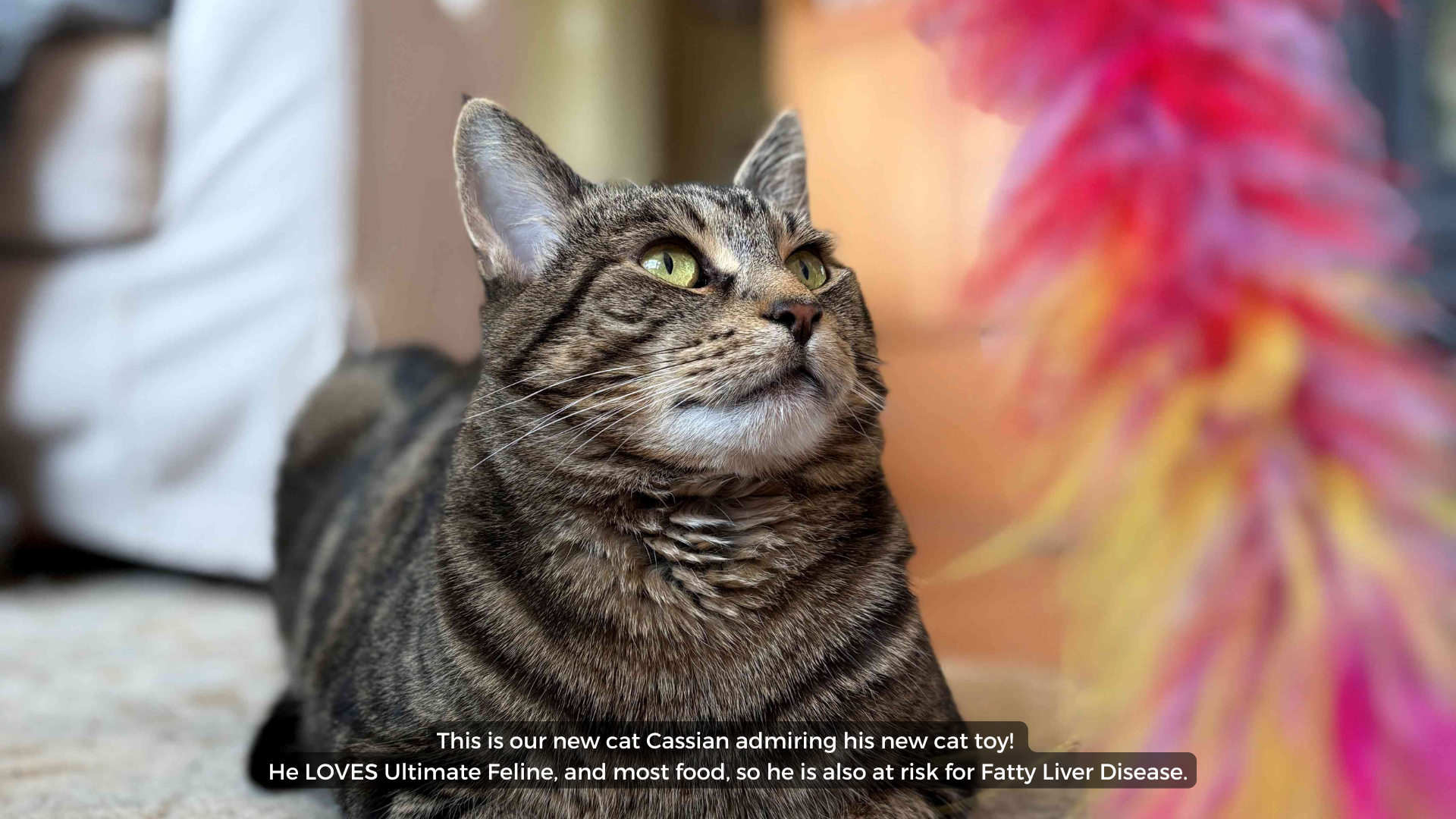
Holistic Approach to Managing Fatty Liver Disease in Cats
Fatty Liver Disease, also known as hepatic lipidosis, is a rising concern among cats, especially those who are overweight or obese. This serious liver condition is silent and often goes undetected until it reaches an advanced stage. As a cat parent, it’s essential to be aware of the signs and symptoms, as early intervention and prevention are key to managing this disease effectively.
Understanding Fatty Liver Disease (Hepatic Lipidosis)
Feline hepatic lipidosis occurs when fat accumulates in the liver cells, impairing the liver’s function. This condition typically develops when a cat stops eating, and the body starts using fat reserves for energy. As the liver becomes overwhelmed with fat, it becomes unable to function properly, leading to liver damage.
A critical aspect of managing fatty liver disease is recognizing the early signs:
-
Unexplained weight loss: If your cat is losing weight rapidly, have them evaluated immediately.
-
Middle-aged cats: Cats that are typically obese but have lost at least 25% of their body weight.
-
Poor appetite: Cats with lipidosis often have a decreased appetite.
-
Gastrointestinal distress: About 38% of affected cats experience vomiting, diarrhea, or constipation.
-
Electrolyte imbalances or vitamin deficiencies: These often occur in cats with liver disease, contributing to overall weakness.
A fatty liver can develop in as little as two weeks when a cat reduces their food intake by 50% or more. It is one of the most common causes of liver failure in cats. Unfortunately, dry cat kibble, which is often high in carbohydrates, has contributed to this rise in fatty liver cases. Cats are obligate carnivores and should never have excess fat stores.
Diagnosis of Fatty Liver Disease
If you notice any of the symptoms mentioned above, it’s crucial to visit your veterinarian. Some key diagnostic signs include:
-
Yellowing of the skin or eyes (jaundice): About 70% of cats with fatty liver disease have jaundice.
-
Blood tests: Elevated ALP (liver enzyme), bilirubin, and bile acids are common in cats with hepatic lipidosis, indicating liver dysfunction.
What Causes Cats to Stop Eating?
Cornell University’s study of 157 cats with lipidosis found several primary underlying conditions that may cause a cat to stop eating:
-
28% had inflammatory bowel disease (IBD).
-
20% had another liver disease, often cholangiohepatitis.
-
14% had cancer.
-
11% had pancreatitis.
-
5% had social problems (e.g., new pets or changes in the household).
-
4% had respiratory issues.
-
2% were diabetic.
Treatment of Fatty Liver Disease
Dietary Intervention
The cornerstone of treatment for fatty liver disease is aggressive nutritional support. A high-protein diet is essential to reverse the metabolic starvation state. If done correctly, the recovery rate for cats with hepatic lipidosis approaches 90%.
Getting the Food In:
Most cats with fatty liver disease need assistance with feeding. By the time the disease is recognized, many owners have already tried tempting their cat with various favorite foods, with little success. In most cases, a feeding tube is required to ensure adequate nutrition reaches the cat’s liver and helps it heal. A pharyngostomy tube may be used for long-term feeding.
If you’re not yet at the stage of needing a feeding tube, you can try syringe-feeding your cat with liquid food at home. Start slowly and gradually increase the amount of food.
Here’s a general guideline:
-
Day 1: Provide 1/3 to 1/2 of the daily calorie requirement.
-
Day 2: Provide 2/3 of the daily calorie requirement.
-
Assisted feeding should continue for 4 to 6 weeks.
Always ensure that food is warmed to room temperature before feeding, as cold food can induce vomiting. Also, feed your cat slowly, as rapid stomach distention can cause vomiting.
Supportive Supplements for Liver Health
Milk Thistle
Milk thistle, especially the active ingredient silymarin, is one of the most effective natural solutions for liver support. It helps protect the liver, improve its function, and treat liver inflammation. The recommended dose is 100 mg per 10 pounds of body weight daily.
S-Adenosylmethionine (SAMe)
SAMe is a potent antioxidant shown to be effective in both people and pets with chronic liver disease. It’s available in tablet form, and the recommended dose is 100 mg per 10 pounds of body weight daily.
L-Carnitine
L-Carnitine is crucial for any cat with hepatic lipidosis. It helps improve the liver’s recovery time by preventing carnitine deficiency, which is common in cats with fatty liver. The typical dose is 250 mg daily.
Taurine
Taurine is an amino acid that binds toxic bile acids for removal from the body. It is often deficient in cats with lipidosis. Short-term supplementation for 7 to 10 days is recommended at a dose of 100 mg/10 lbs twice daily.
B Vitamins
Cats with liver disease often lose water-soluble B vitamins. Supplementing with a B-complex vitamin can be beneficial. The recommended dose is one-fourth of an adult tablet per 10 pounds of body weight daily.
Homeopathic Remedies for Liver Support
Chelidonium Majus
This homeopathic remedy is particularly useful for supporting liver function. The dose is one 30C tablet twice a day.
Cardus Marianus
Derived from milk thistle, Cardus Marianus is an excellent alternative if your cat has trouble with milk thistle capsules. The recommended dose is 30C twice daily.
Prevention and Ongoing Care
The best way to manage and prevent fatty liver disease is by ensuring your cat stays on a high-protein diet and avoids high-carbohydrate dry kibble. Additionally, addressing any underlying health issues such as inflammatory bowel disease (IBD) can significantly reduce the risk of developing hepatic lipidosis.
Conclusion: Healing Your Pet at Home
Managing fatty liver disease in cats requires a holistic approach, focusing on both diet and supportive treatments. If your cat is suffering from this condition, early intervention is critical for a successful recovery. By providing high-protein nutrition, supporting liver function with supplements like milk thistle and SAMe, and considering natural remedies, you can greatly improve your cat’s chances of healing.

P.S. A key takeaway from this article: Transition your cat off kibble and onto a high-protein diet. Support underlying conditions like IBD to reduce the risk of fatty liver disease. Consider adding liver-supportive nutrients like antioxidants and taurine.
P.P.S. For comprehensive liver support, check out my Dr. Jones’ Ultimate Feline Health Formula, which contains antioxidants, taurine, and other ingredients that help boost metabolic rate and reduce fat stores.

